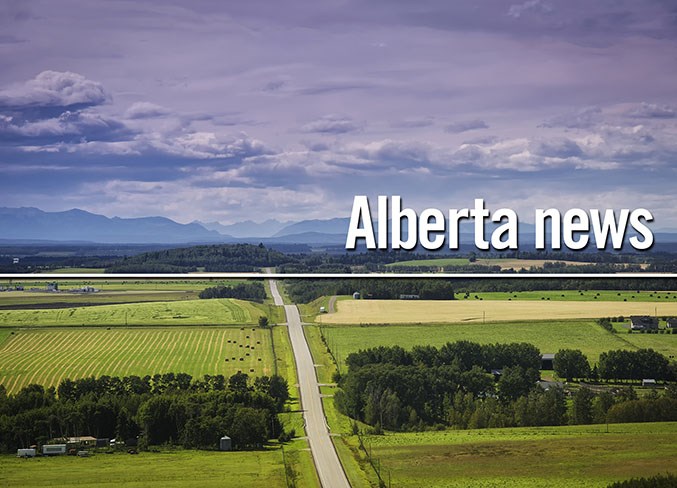Many rural communities across Alberta are shrinking, causing economic challenges and aging populations, said one expert on the issue.
Small communities across Alberta have struggled to maintain population growth, although the experience isn’t universal among all small communities, said Kevin McQuillan, the co-author of paper produced by the University of Calgary’s School of Public Policy.
The problem isn’t unique to Alberta, McQuillan said, adding rural communities across the world are struggling to stay viable. In Alberta, how towns and villages are faring varies widely. Some are thriving, while others are seeing an extensive increase in their elderly population.
Communities that are growing tend to be those that are not too far from the larger urban areas, McQuillan said.
But many towns and communities further away from big centres, such as in the north and east of the province, are facing population stagnation struggles.
“Man of them are seeing either population stagnation or actual decline. About 45 per cent of the villages have seen their population decline in the last 10 years, so that's a real challenge,” McQuillan said.
Declining birth rates of the past half-century are starting to have an impact on small communities, McQuillan said, and the trend is happening across the western world, but rural communities have a tougher time battling shrinking population rates.
Big cities can battle declining fertility rates with immigration, McQuillan said, and it is easier to bring new Canadians to larger population centres. But rural communities struggle to attract new immigrants and some members of small communities migrate to big cities for different opportunities.
When fewer kids are born in rural areas and some of them leave for the big cities, an older population is left, McQuillan said, which can make it difficult to find volunteers and staff to keep a community running.
“You worry about just having the people to do the work that keeps the community going,” McQuillan said, adding it can be tough to attract potential employers.
Another reason communities in the north and east Alberta might be struggling is because of the energy sector in the province. When the price of oil and gas tank, the willingness to invest in the sector declines, McQuillan said, impacting communities that may rely on the resource sector.
While birth rates have been declining for a long time, the population stagnation in rural Alberta didn’t start until the 21st century, McQuillan said. In the past 10 years the process has been accelerating, the expert said.
The aging residents left behind in shrinking communities in rural Alberta will have a different set of needs than the younger generations, McQuillan said.
In a community of young people, there is high demand for schools and recreation centres, but in communities with older populations, there is more need for hospitals and family doctors.
“We know that it's really been difficult attracting family doctors into smaller communities. It is something that the government has certainly been looking at and thinking about potential incentives, but it's hard,” McQuillan said.
Emergency services can also be tough to provide in small communities far from urban centres and aging populations will require these services more than younger residents, McQuillan said.
“I think people start to think more about how we could locate facilities on a regional basis,” McQuillan said, adding this won't solve all the problems, but might help reduce the need for residents to travel to big centres for services.
The policy paper is part of a series from the University of Calgary’s School of Public Policy examining the sustainability and viability of smaller communities across Alberta.



